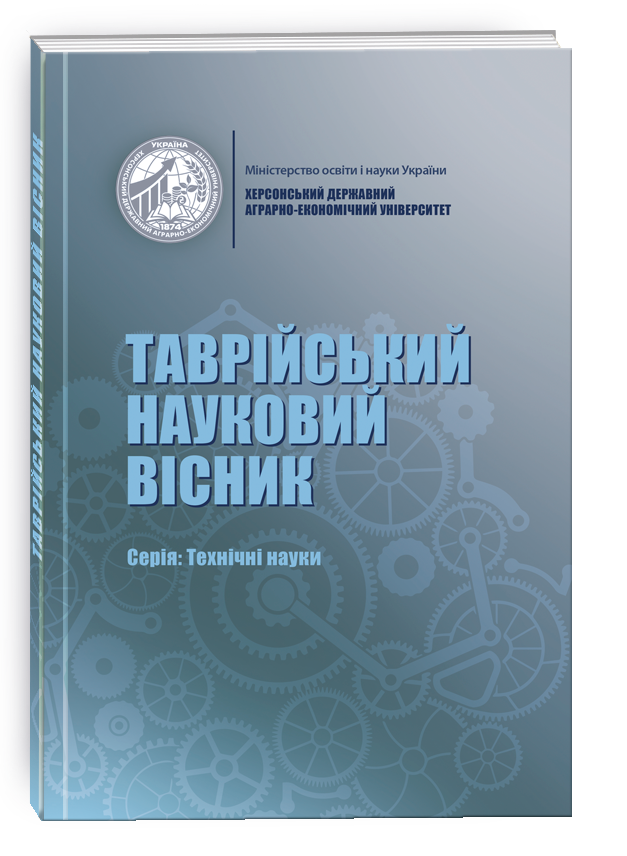PRODUCTION AND USE OF ANALOGUES OF MEAT RAW MATERIALS
DOI:
https://doi.org/10.32782/tnv-tech.2024.1.19Keywords:
meat, meat raw materials, analogues, in vitro, vegan minced meat, mycoproteinAbstract
Meat products are a significant part of the human diet. Meat raw materials are characterized by nutrition, pronounced taste and culinary properties, a complete set of vitamins and minerals. Meat is an expensive product, since its cost includes the costs of keeping, slaughtering, processing meat raw materials, its transportation, storage, packaging, auxiliary materials, etc. The increased interest in veganism and vegetarianism prompts manufacturers to look for new alternative products that will be an alternative to meat in terms of composition, taste and culinary properties. Analogues of meat products are classified by origin into those based on plant or mushroom raw materials and cultured meat. The work presents technologies for the production of analogues of meat raw materials (cultivation of meat in vitro, vegan minced meat and mycoprotein). It was established that products using analogs of meat raw materials do not differ in appearance, taste and consistency from ordinary minced meat (beef, lean pork, chicken). Analogues of meat raw materials are functional, high-protein and economically beneficial ingredients. The effectiveness of the interaction and influence of analogues of meat products on the human body is considered. It has been established that the consumption of meat products based on mycoprotein improves food digestion, regulates the level of insulin and cholesterol in the blood, and promotes better work of the gastrointestinal tract. Vegan minced meat has a natural, ecologically safe, balanced vitamin and mineral composition (including B vitamins, iron, calcium, phosphorus, zinc); high protein content (16–20 g of protein in 100 g of vegan minced meat). Cultivating meat in vitro is safe, humane to animals, environmentally friendly, and allows you to control the cholesterol content of the final product. Raw meat analogues are considered healthier and, at the same time, exotic food products. According to their quality characteristics, alternative products do not differ significantly from traditional products made from meat raw materials.
References
Левченко М. В. Вплив температурного режиму охолодження на тривалість зберігання м’ясної сировини. Таврійський науковий вісник. Серія: Технічні науки. 2023. №. 5. С. 108–115.
Україна в цифрах. Статистичний збірник. Державна служба статистики України, 2023. 34 с.
Ismail I., Hwang, Y. H., Joo S. T. . Meat analog as future food: a review. Journal of animal science and technology. 2020. Vol. 62(2). P. 111–120.
Bhat Z F, Bhat H F, Pathak V. Prospects for In vitro cultured meat-a future harvest. Principles of Tissue Engineering, Fourth Edition. Vol. 45. 2013. Рp. 1663–1678.
Bhat, Z F. In vitro meat production: Challenges and benefits over conventional meat production. Journal of Integrative Agriculture, 2015. V. 2. Pр. 241–248.
Shlapak, G. Agunova, L. Azarova, N. Vegetable components in technology production of meat products. Ukrainian black sea region agrarian science. 2021. 110. Рр. 95–103.
Finnigan T., Needham L. Abbott C. Mycoprotein. Sustainable Protein Sources. 2017. Vol.10. Рp. 305–325.
Shaa, L. Plant protein-based alternatives of reconstructed meat: Science, technology, and challenges. Trends in Food Science and Technology. 2020. 102. Рр. 51–61.







